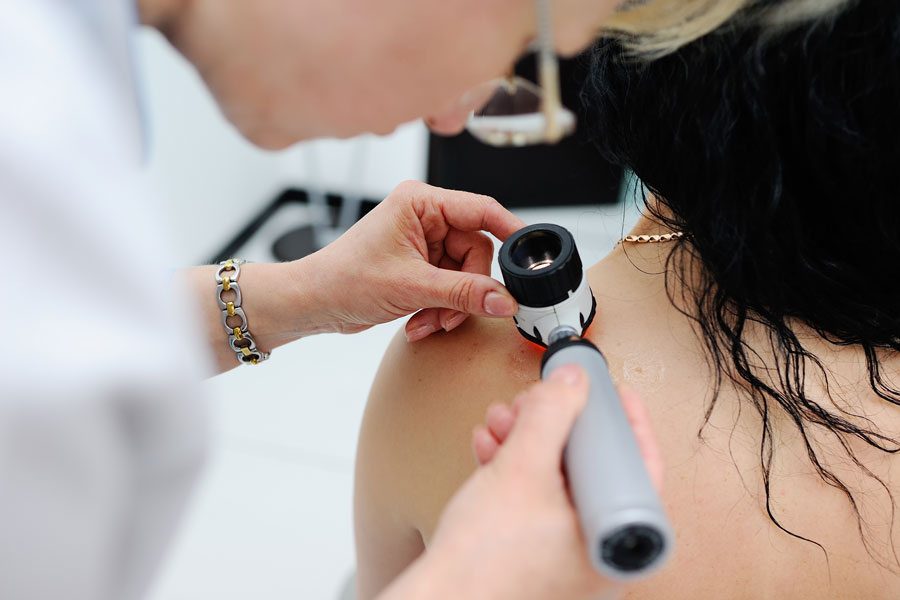Preventing skin cancer requires a lifelong commitment to skin health. You can begin this process by following a few simple prevention steps listed below. There are also relevant risk factors that may make you more susceptible to skin cancer and warning signs that you should look for. Read below to learn more about how you can avoid skin cancer.


